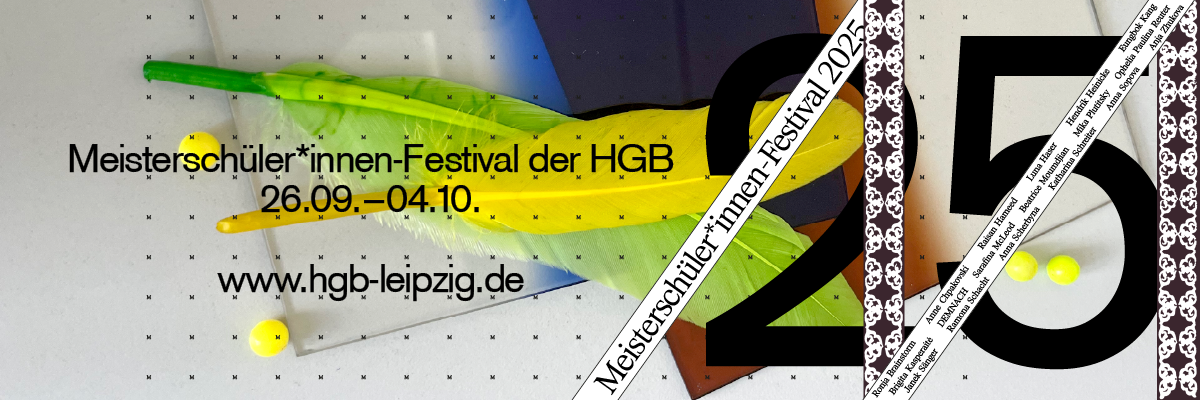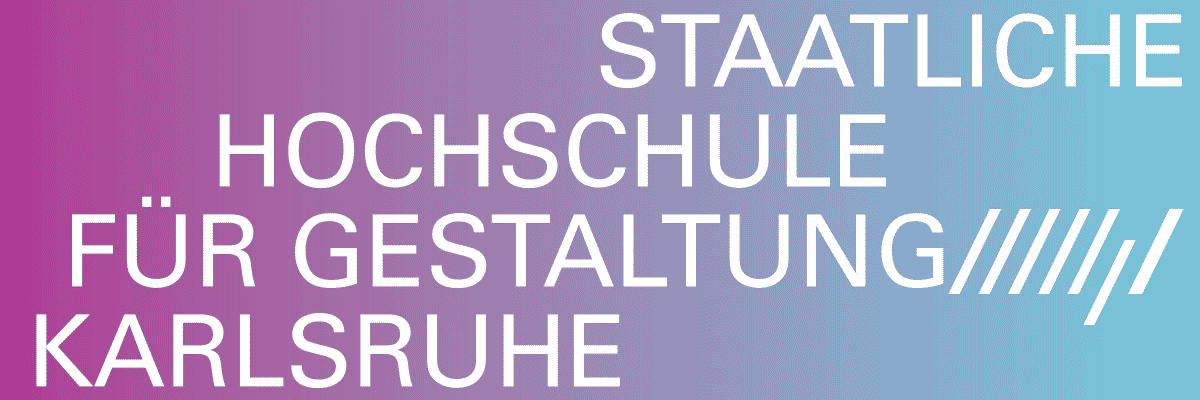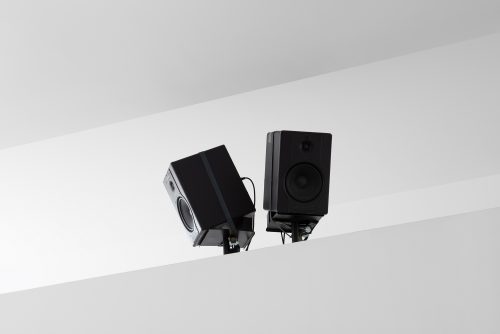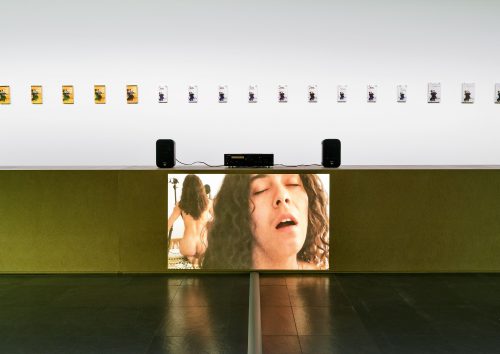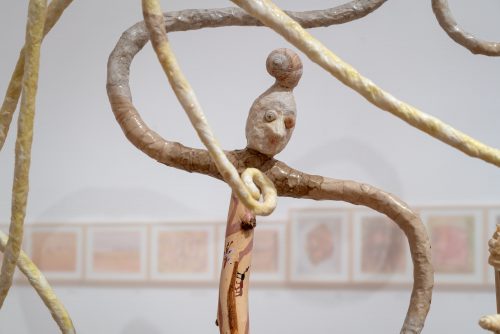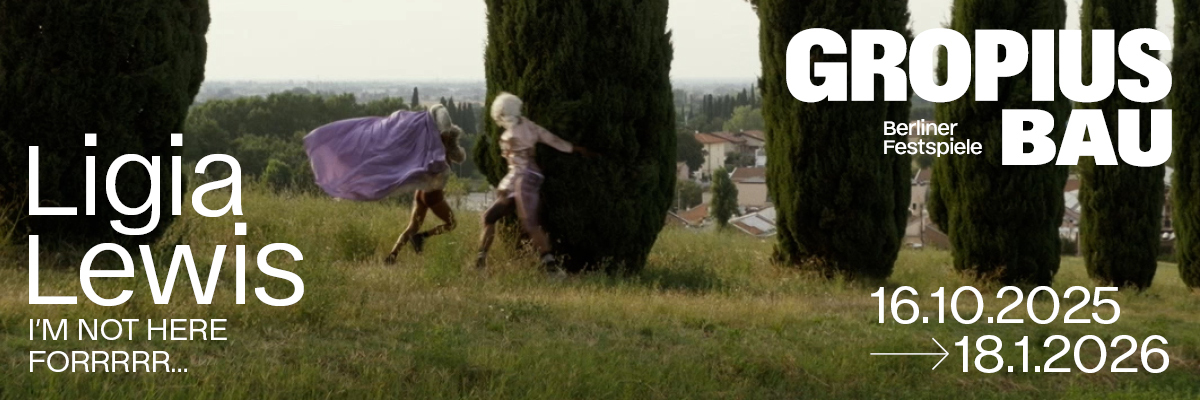
Groupshow
Sweet Spot
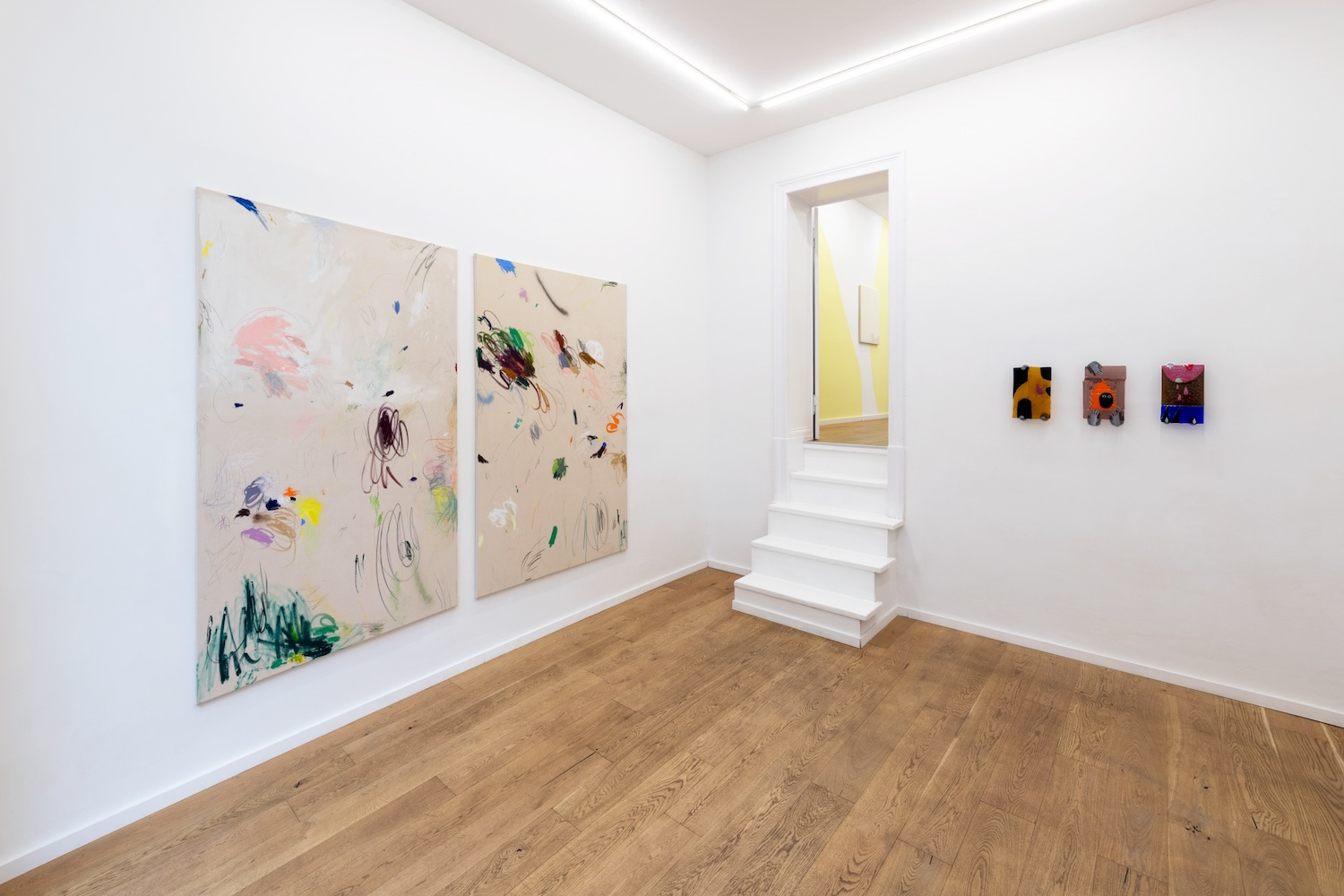
entrance
Advertisement
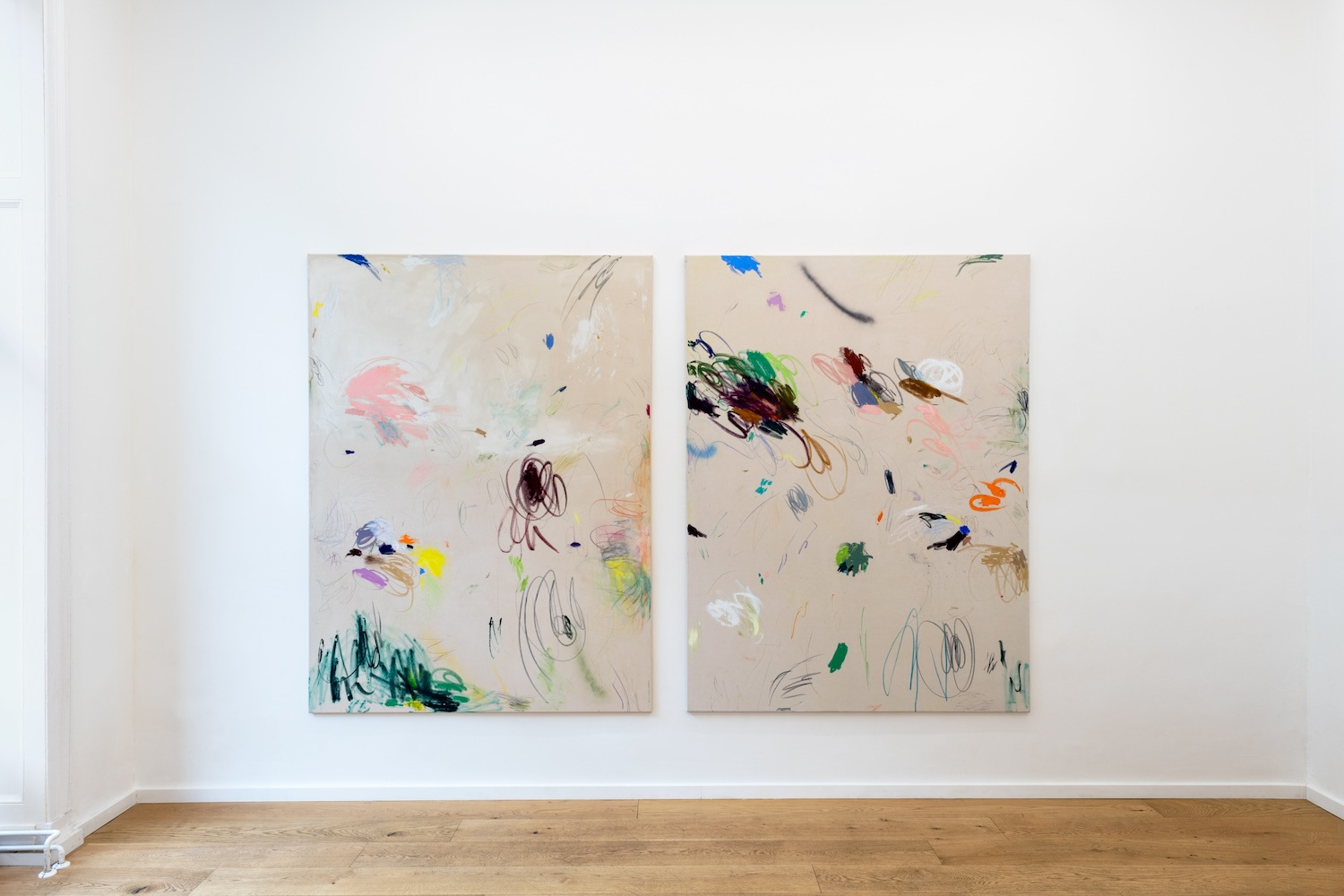
Zartcore II&III from Linou Meyer
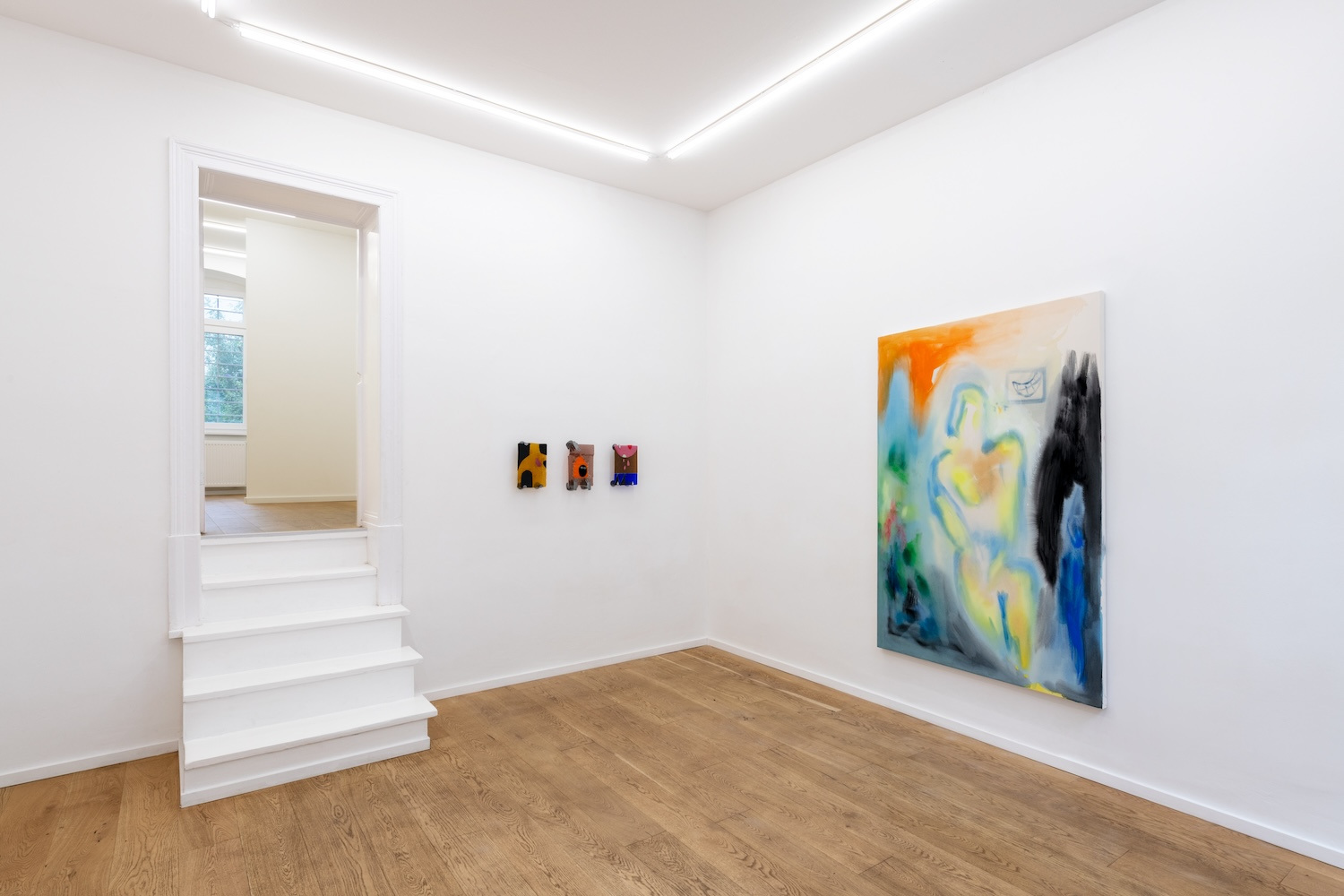
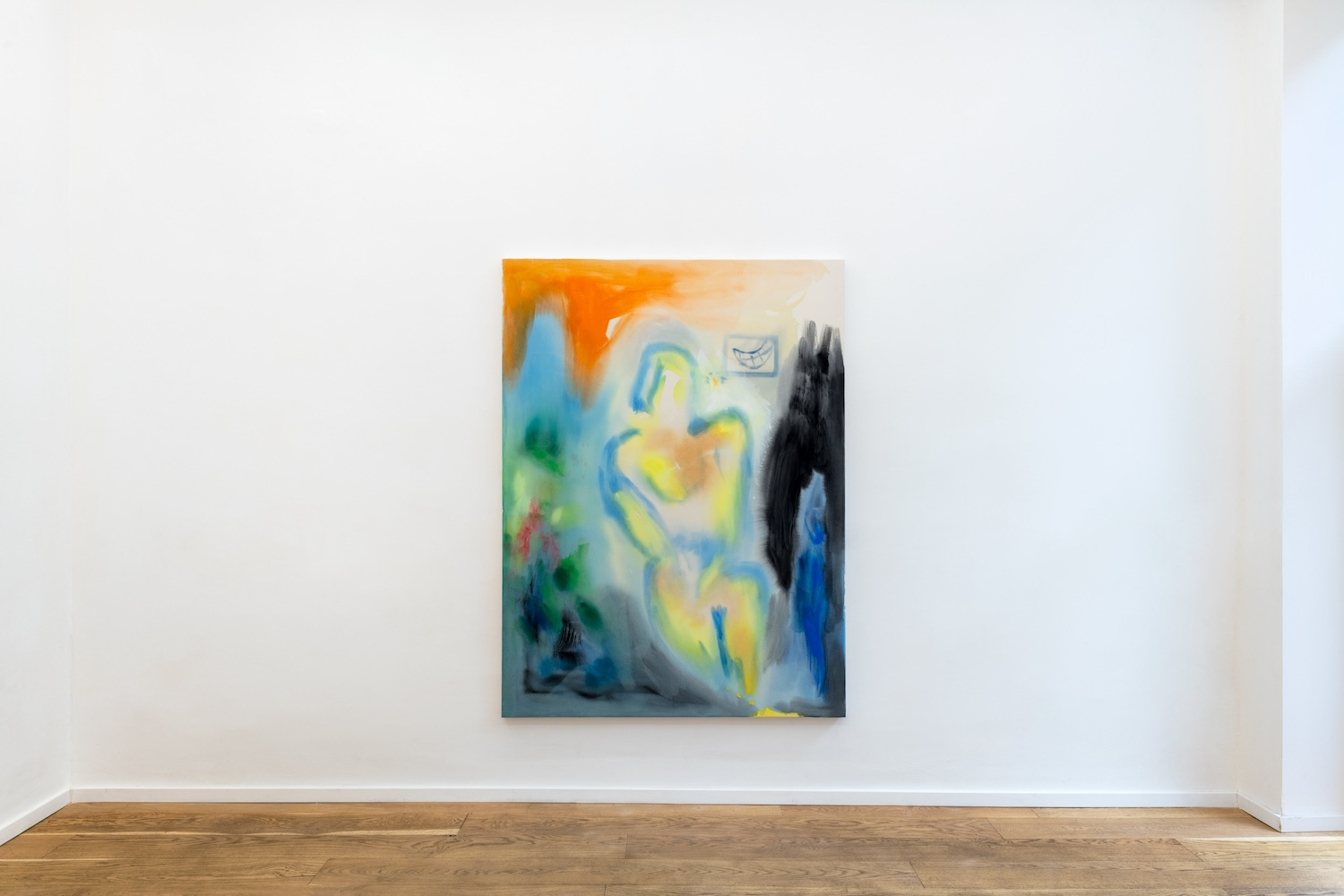
The Good Sister from Guiselt Thaiz
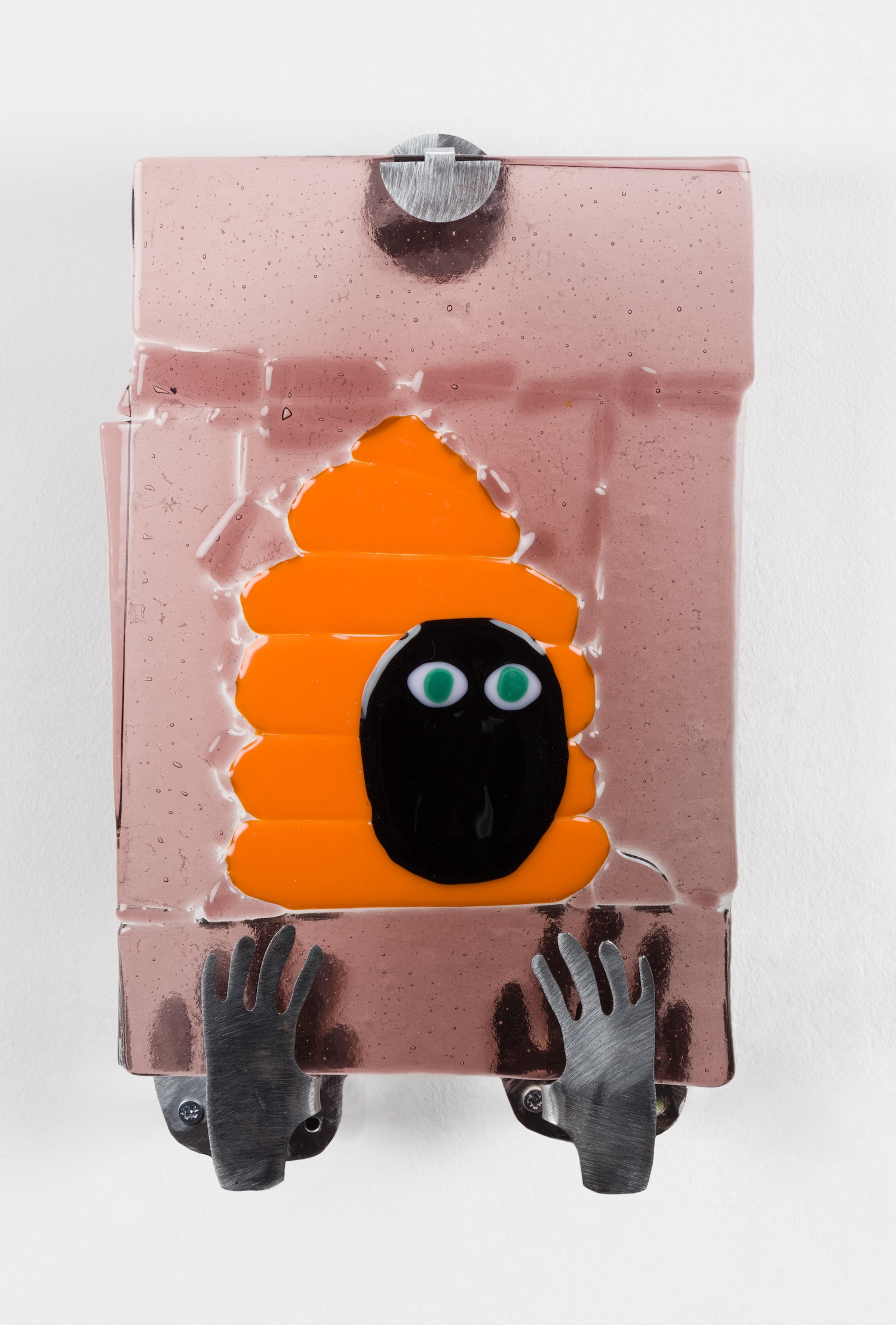
Shelter from Kallirroi Ioannidou
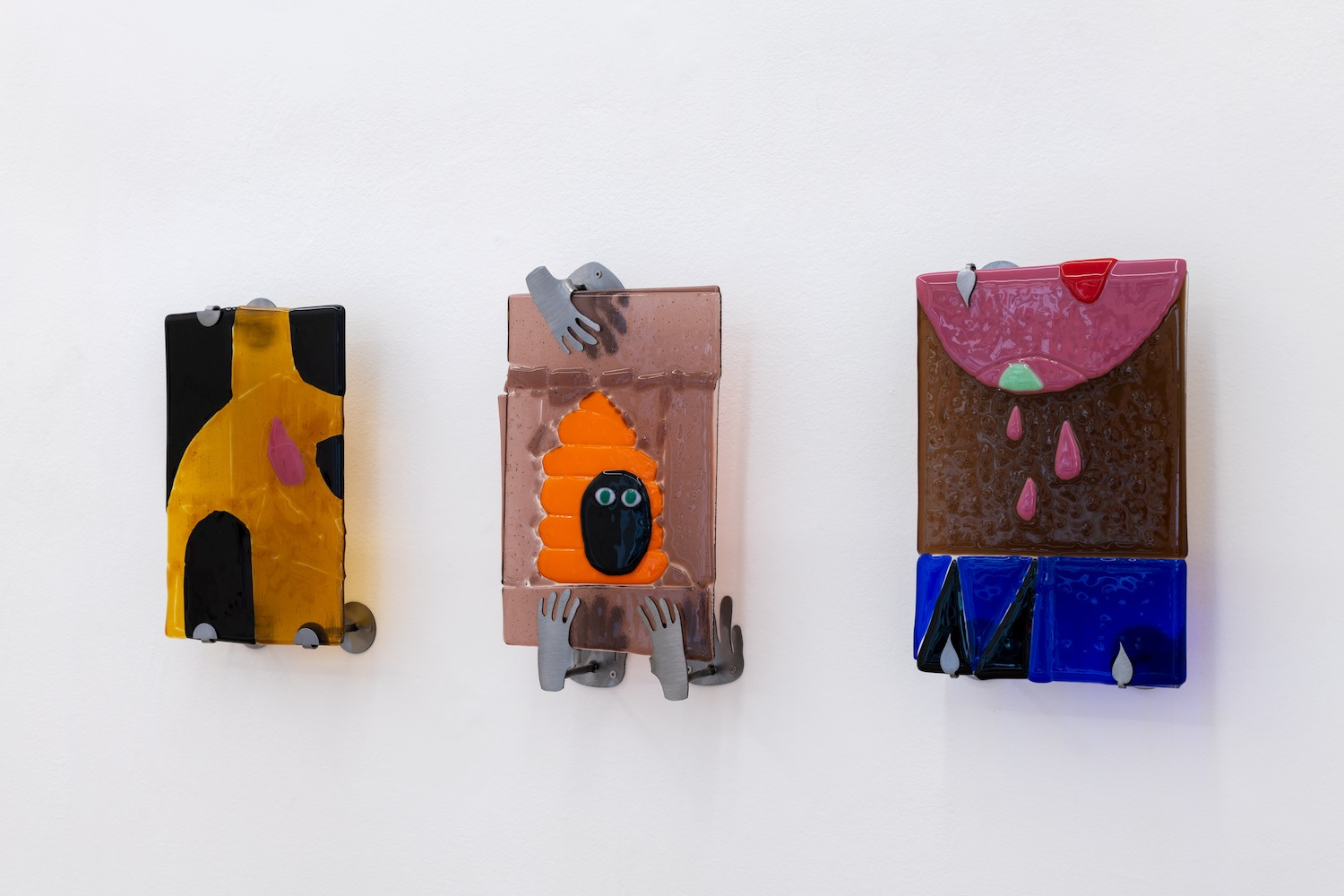
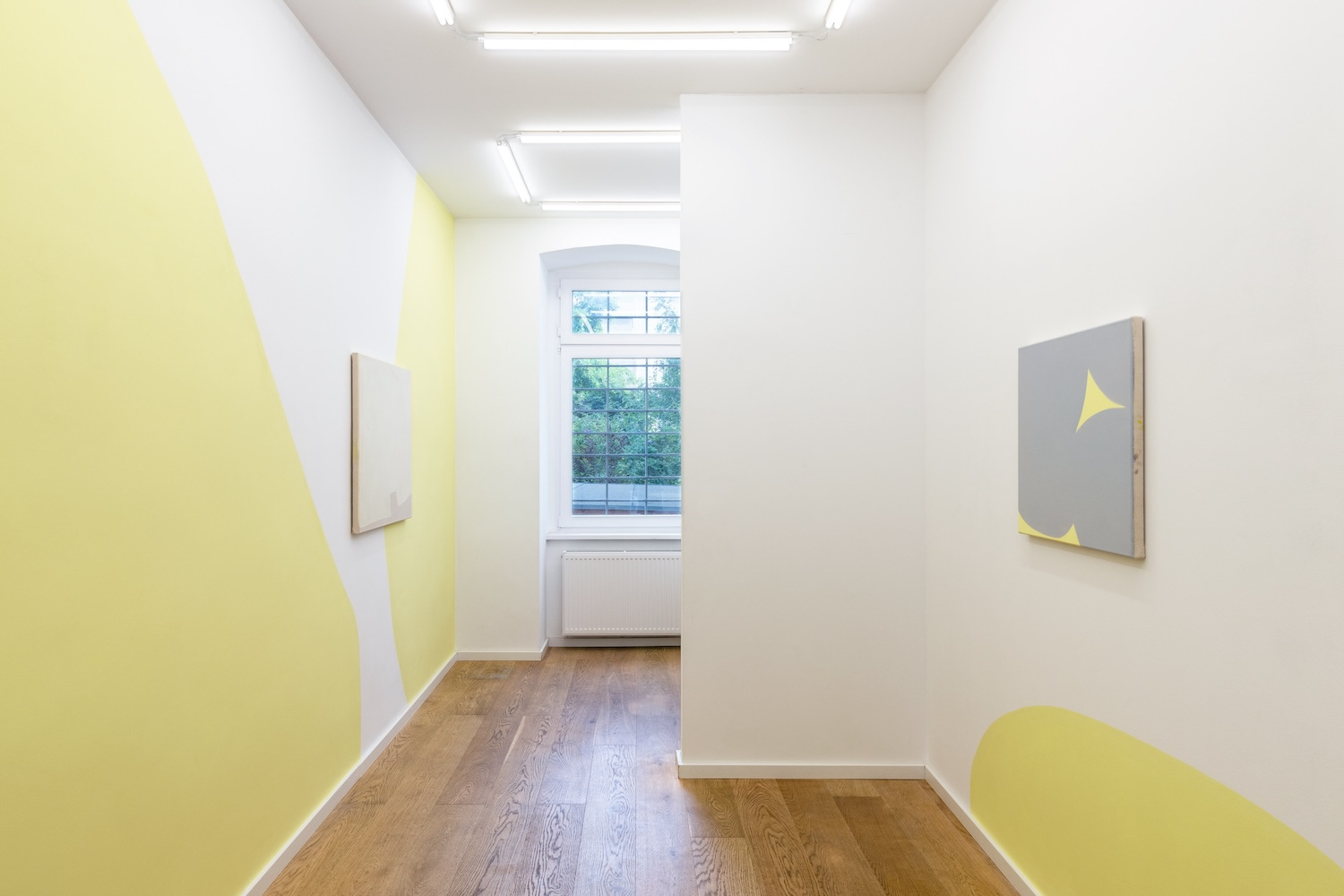
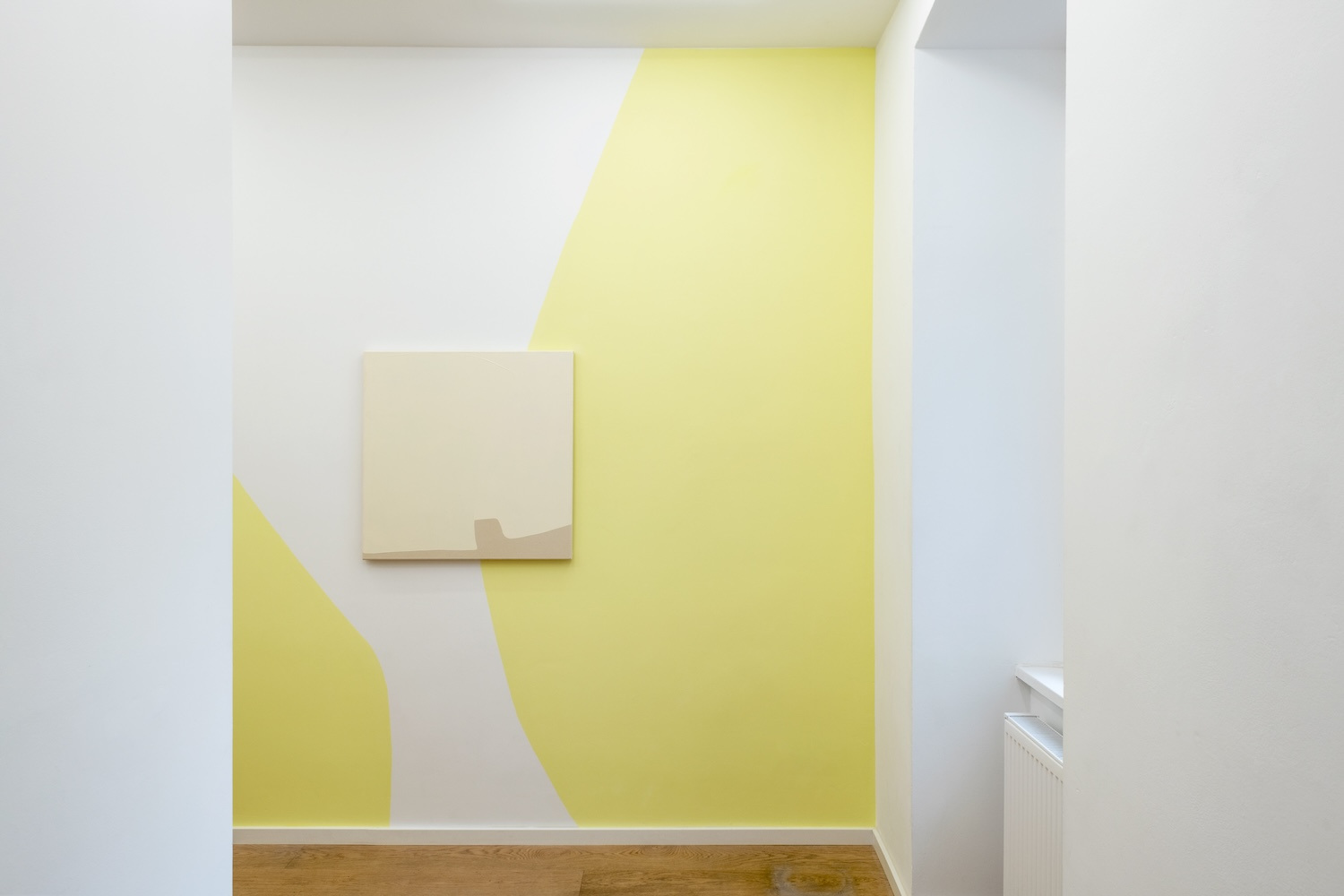
Painting from Hanna Kaminski
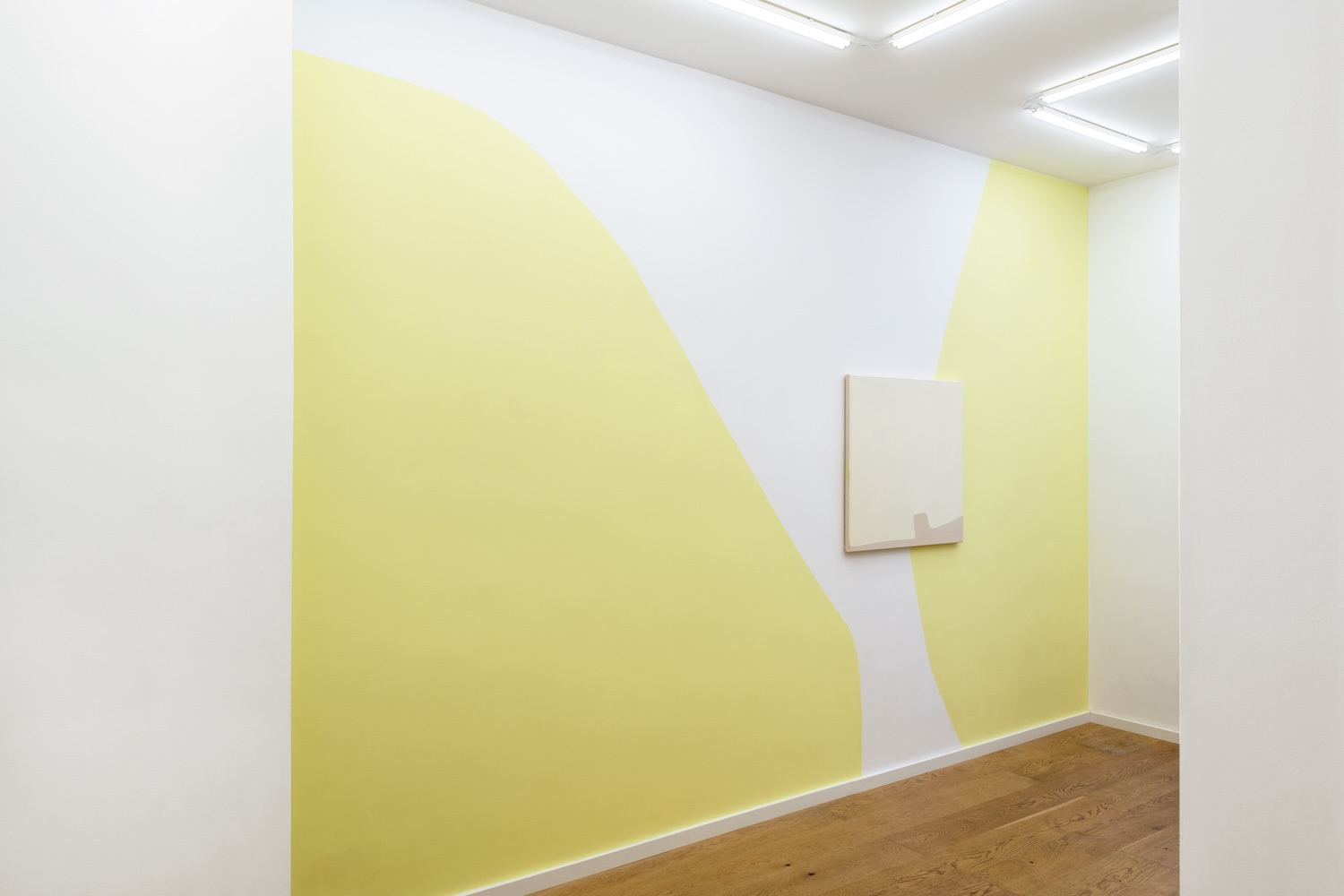
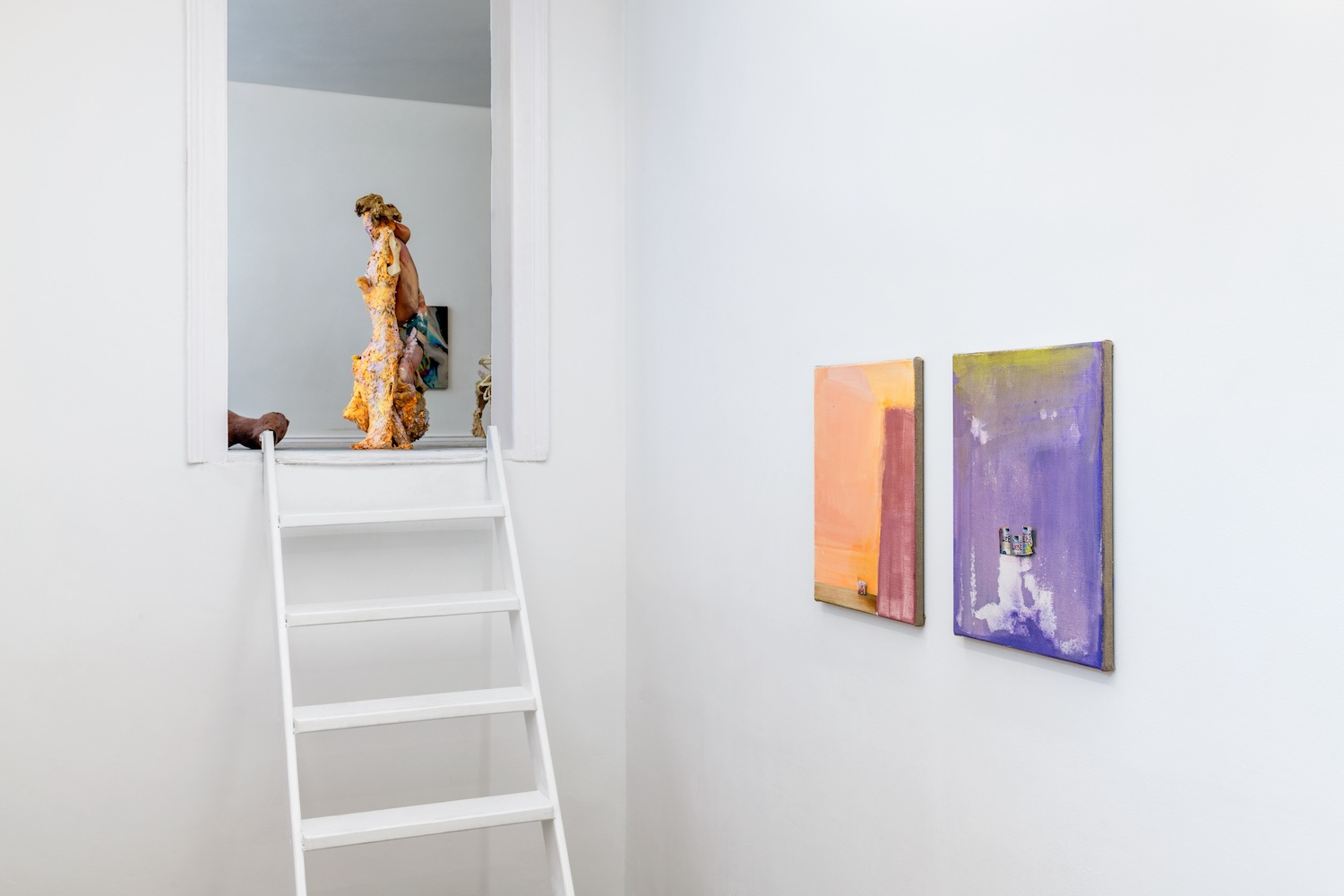
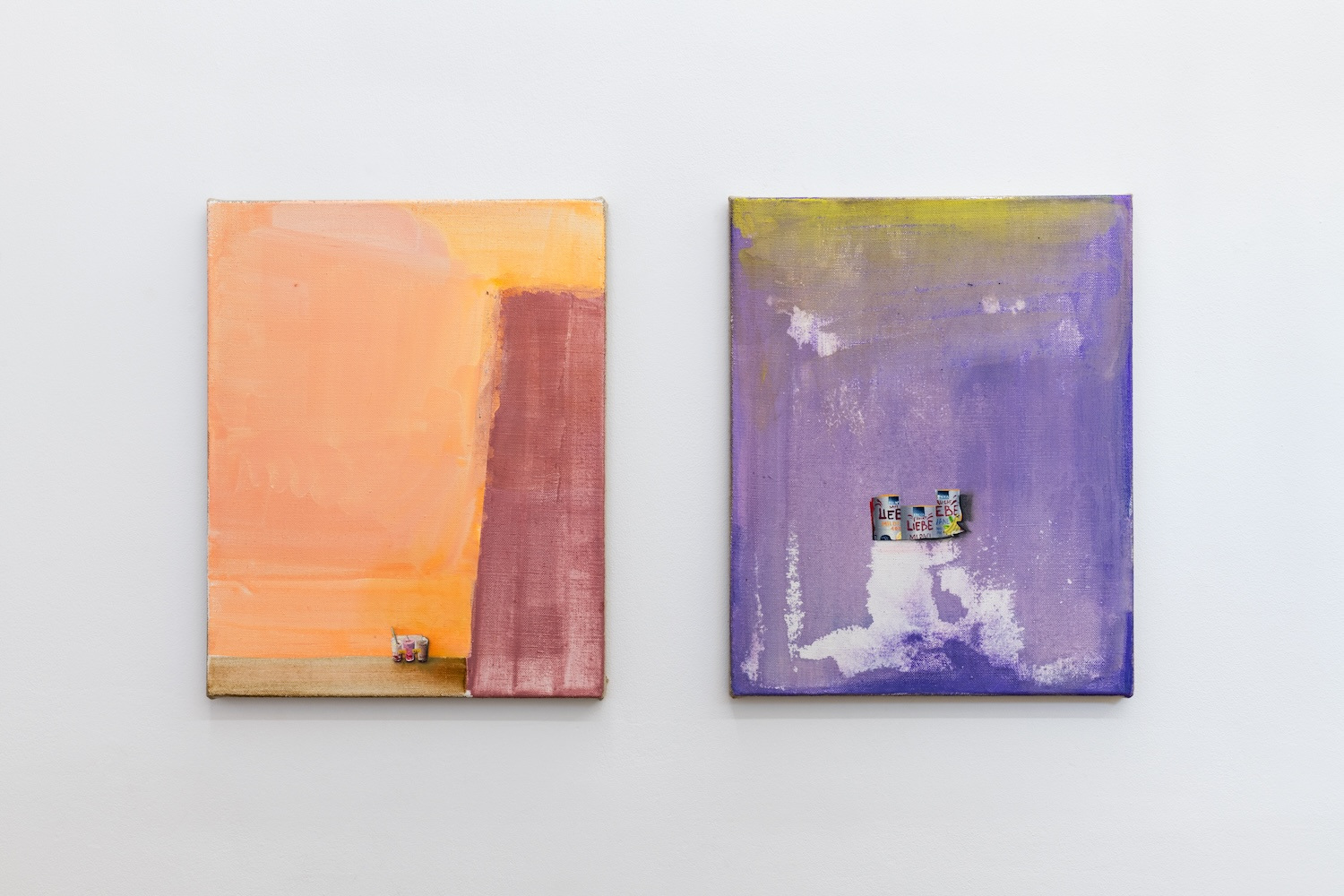
Paintings from Fee Kleiß
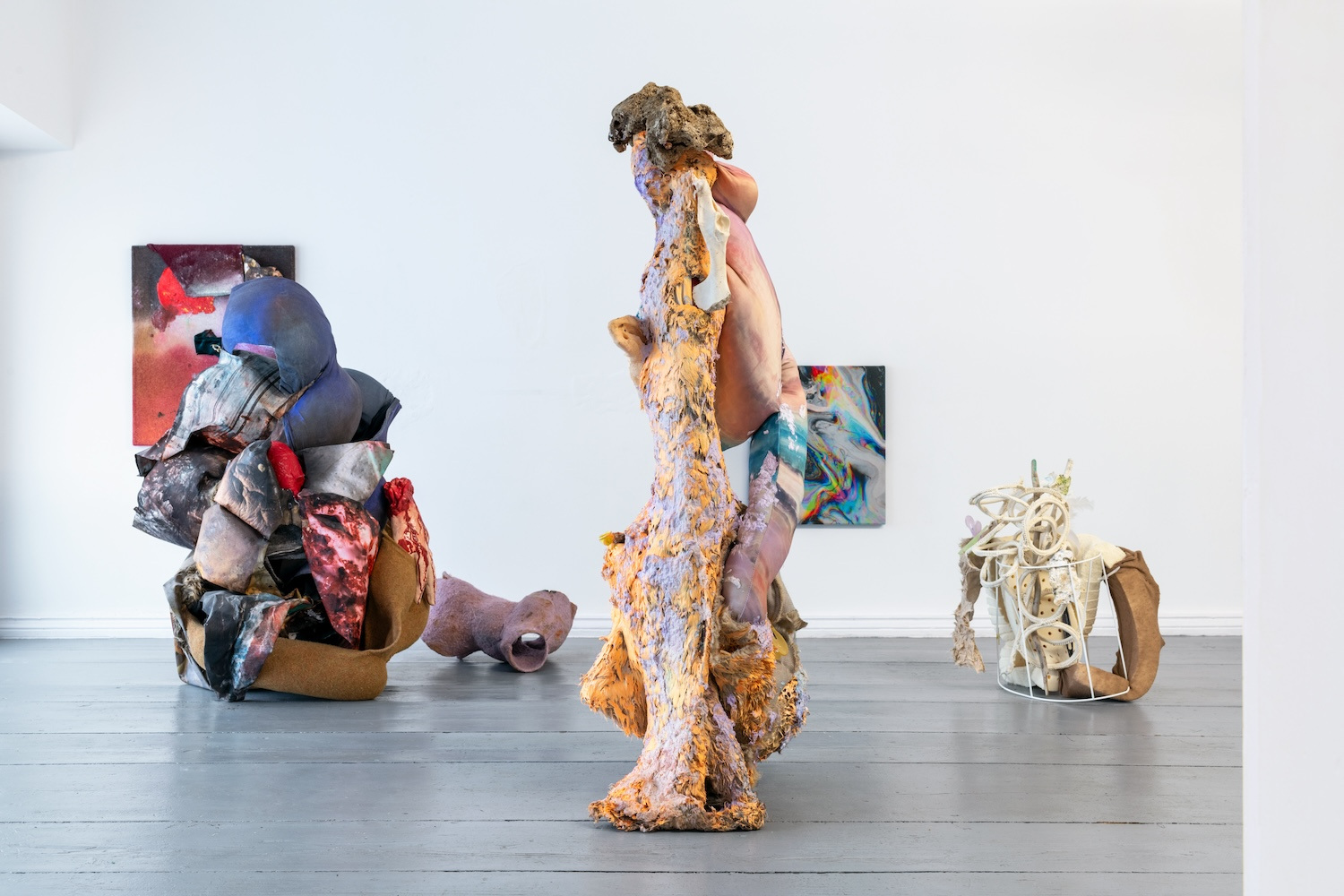
Sculptures from Fee Kleiß
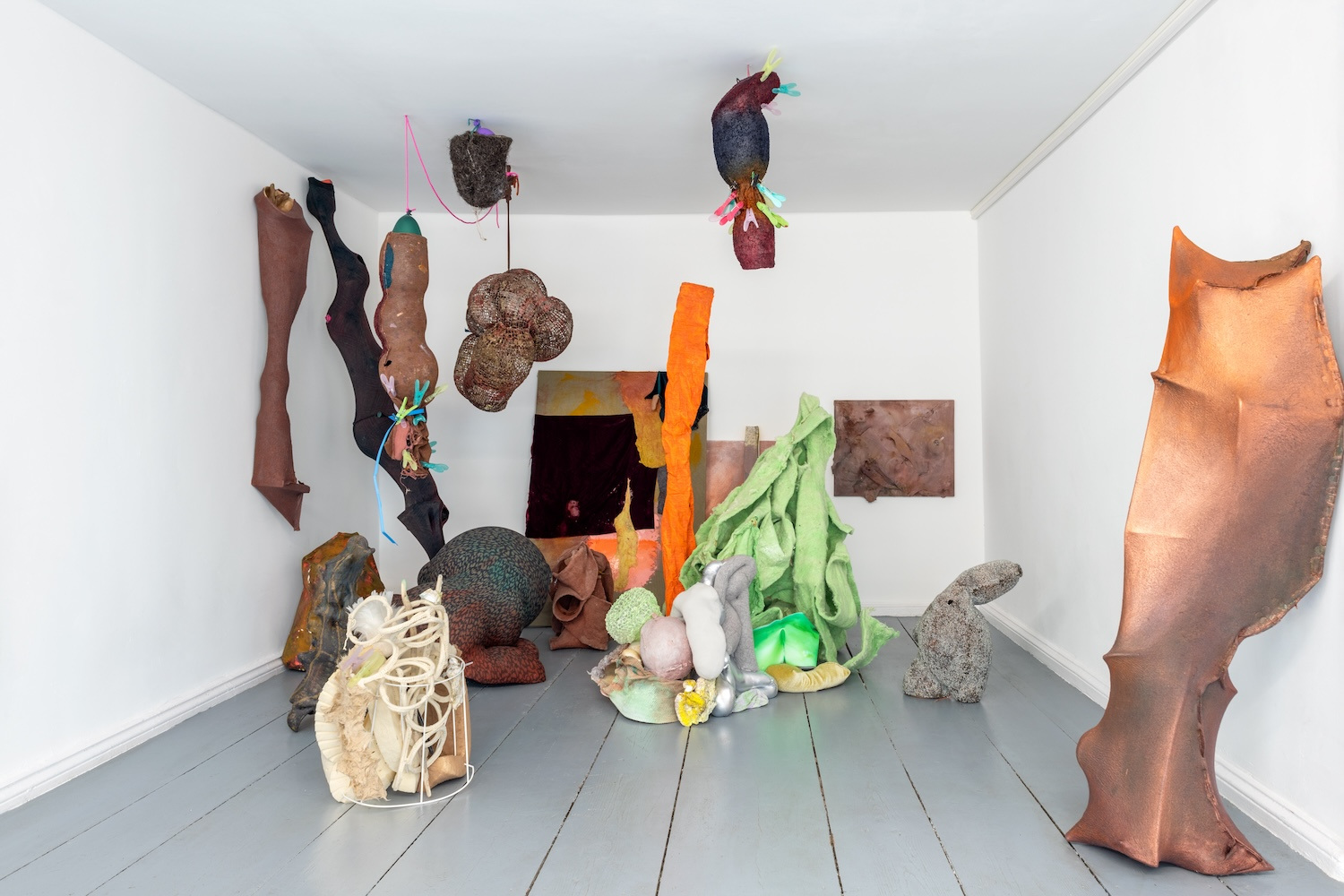
Sculptures from Fee Kleiß
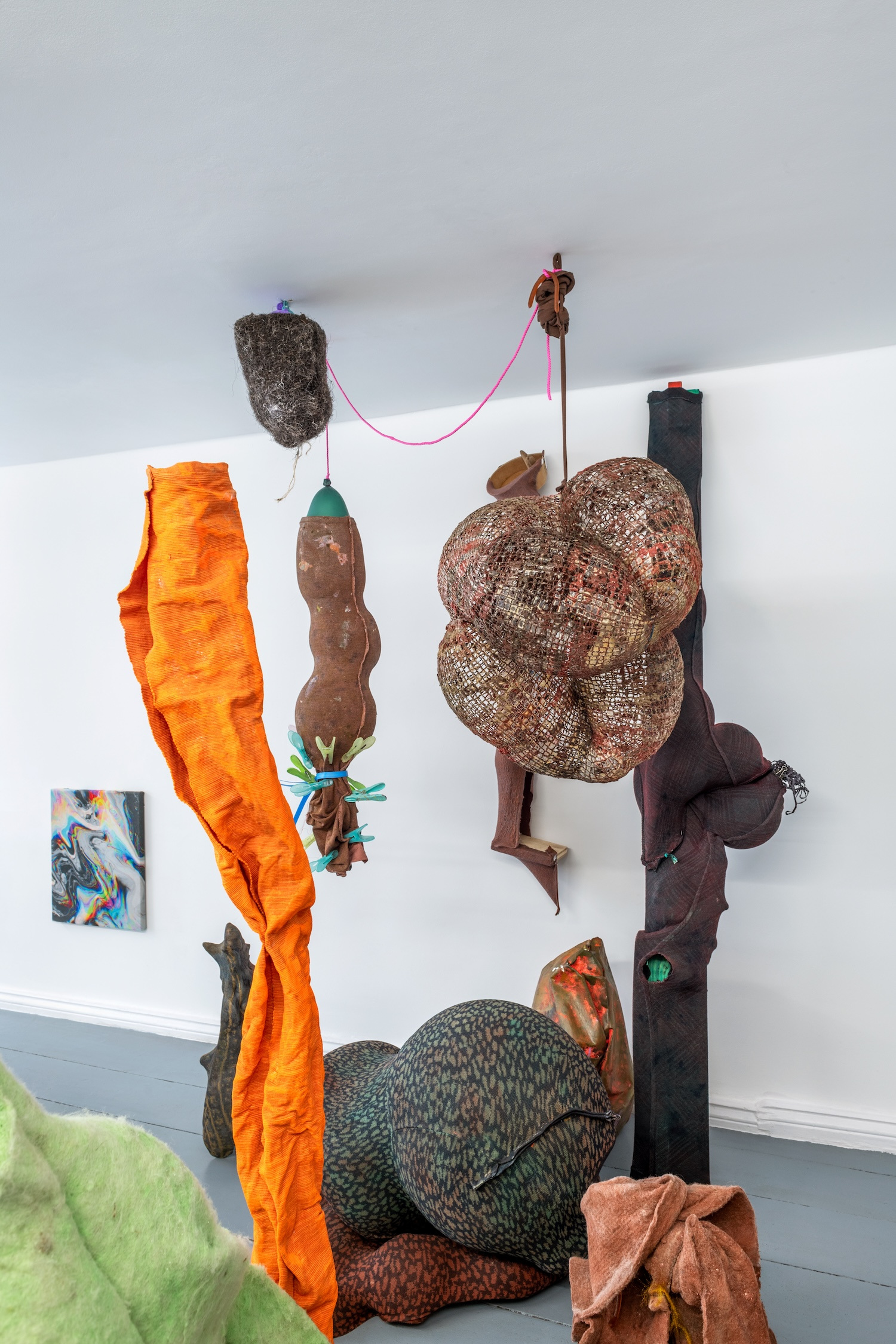
Sculptures from Fee Kleiß
It is quite surprising how much we have socially agreed that learning is something solely positive. AI learns, we all learn – along the way to absolute mastery of a thing, everything is professionalized, scaled and formalized.
Learning here, it is to say, means something being based on what is determined, on right or wrong, without being questioned further. Of course it is necessary to learn, in order to survive and communicate as a society. But it doesn’t need to be said again that the absolute mastery of a technique alone does not result in an interesting artwork. As a society in transition, we are only just discovering how much of what was previously considered to be right, is no longer accepted and can no longer be accepted. Entire branches of science exist even though they have ignored essential facts for centuries – for example, that there are and always have been fantastic female artists whose work has fundamentally shaped our current understanding of art history.
This is where playing comes into the picture: there is a time when children are at their most receptive, gain formative experiences and develop a navigational system that is essential for life -– and all of this takes place through play, free from systematically learned, society-based norms. Playing means being with oneself and following an intuitive compass to expand one’s own horizon of experience. To play also means processing an overabundance of stimuli, of personal experiences that, whether as a child or as an adult with increased sensitivity, cannot be immediately understood, let alone emotionally categorized and experienced as dissonance. Play can therefore be the basis for forming emotional intelligence, which, alongside receptivity, is a fundamental requirement for the ability to formulate an aesthetic echo of personal emotions and thus develop an artistic language.
That is why playful naivety in art is so much more than banal – it is rebellion. Because it is about developing a very own vocabulary of colors and forms that deals with contradiction and self-reflection, oscillating between humor and darkness, playfulness and urgency, fantasy and frightening reality, intimacy and banality. So let’s keep exploring the Sweet Spot that unites learned knowledge, lived experience and innocent curiosity.
Every stroke and every curl, every abstract gesture in Linou Meyer’s paintings on bare canvas tells of a thought, an experienced feeling, a perceived state of mood. Every physical gesture is reminiscent of playing with a magic stick. They are expressive and intuitive, incredibly effective gestures, sometimes wild, loud, angry and unruly, sometimes very quiet and delicate, which form an incredibly multifaceted, sensitive emotional landscape on the canvas.
Guiselt Thaiz’s works tell of intimacy and deal with sisterhood, being a daughter, motherhood and home. Dance and dynamics play a major part in her work; intuitive, spontaneous and yet reflective sequences of movement extend across the canvas in bright and explosive colors – a loss of control in favor of freedom.
Kallirroi Ioannidou’s forms express what’s essential. Her motifs are an aesthetic echo on social realities as well as her own emotions, which never claim to be unambiguous. Her supposedly childlike motifs are sometimes borrowed from picture books and tell stories of pain and humor, darkness and lightness, and are so recognizable and sensitive precisely because of their simplicity.
In her minimalist paintings, Hanna Kaminski allows us to experience how the interplay of color and form develops a vocabulary all of its own. Layer by layer, she explores the tense relationship between colors and shapes, decodes and playfully reassembles it in her own artistic alphabet.
Fee Kleiß’ sculptures and installations are Ungestalten: abysmal, oddly sensual and bizarrely creaturely. Sculpted from found textiles, Kleiß shapes faceless, hollow creatures that seem weirdly alive, living in their own ecosystems and refusing – each in their own way – to behave like docile, stable, balanced forms.
Miriam Schwarz
